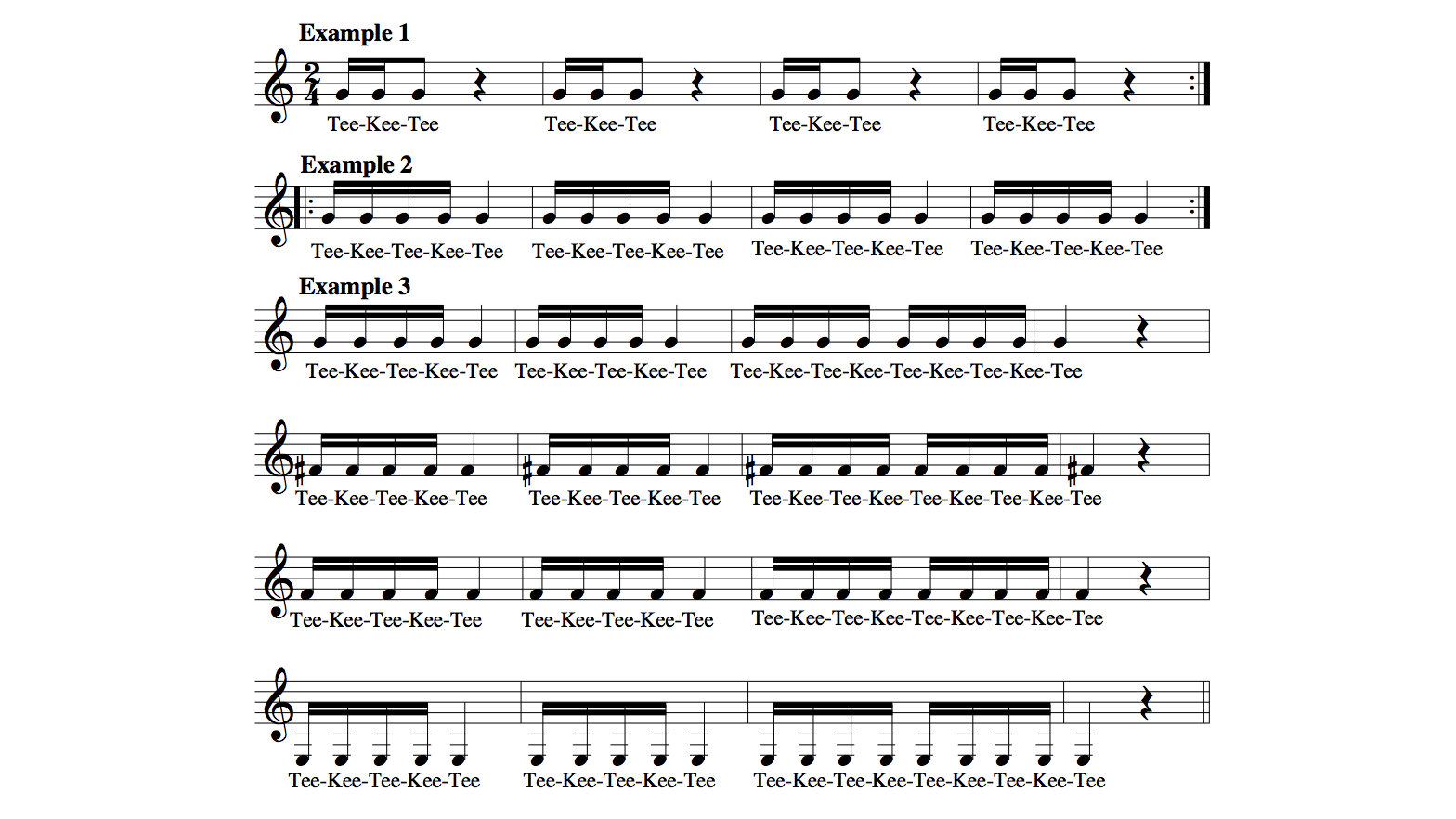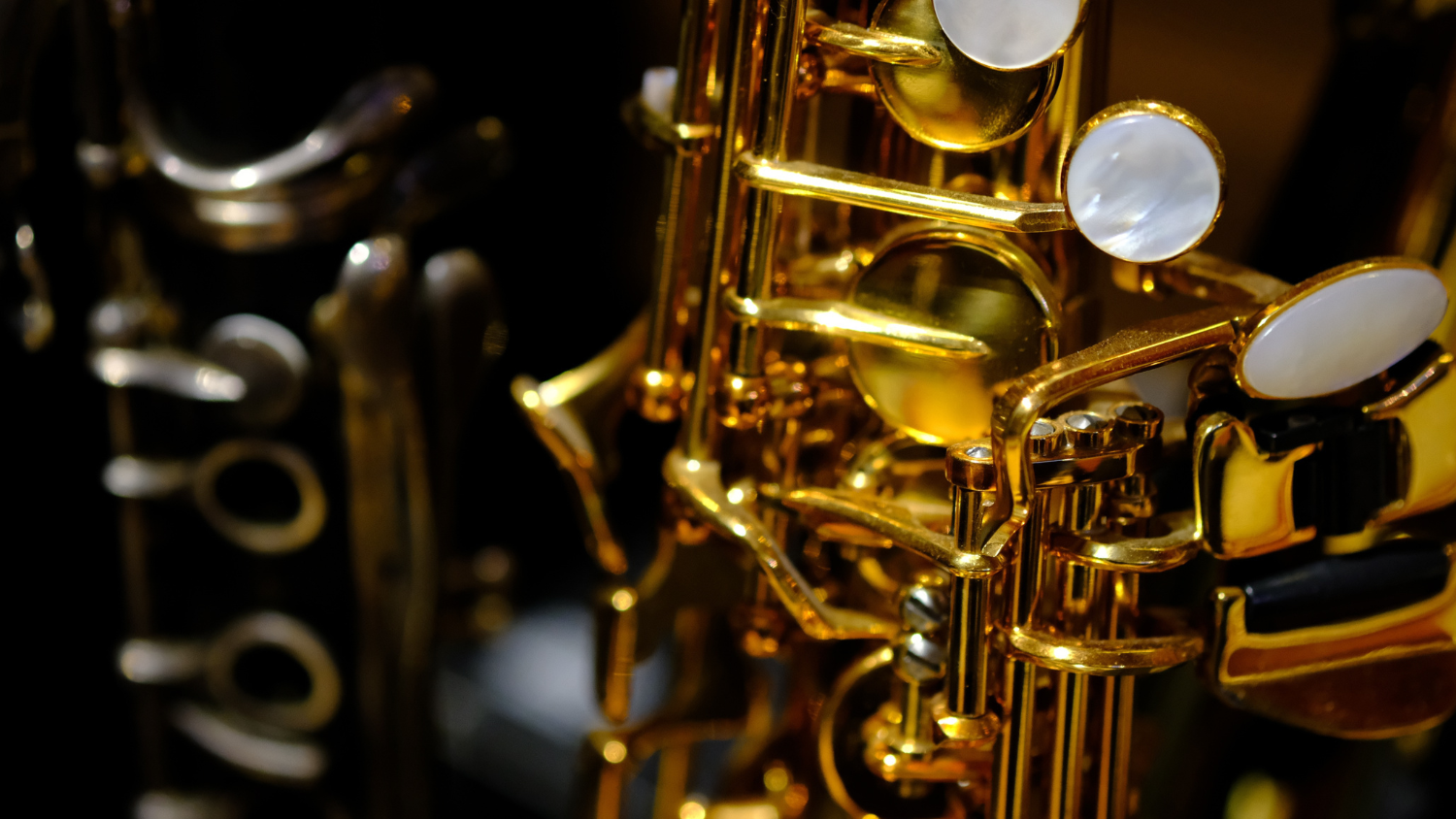Multiple articulation on single reed instruments, although done by virtuoso performers for many years, has only lately been considered a necessity of advanced clarinet performance. The concept is easily learned, and aside from obvious articulation benefits, leads to good basic concepts such as throat relaxation and tongue placement on the reed and in the mouth. I’ve used this method with students as young as 9th grade up to my undergraduate and graduate students. It actually helps the single tongue a great deal!
Tongue placement is extremely important for successful multiple articulation. If the tip of the tongue is not touching the tip of the reed, multiple articulation is nearly impossible. To maintain the rocking motion required of the tongue, the front of the tongue must be in the front of the mouth touching the tip of the reed. “Anchor tonguing” (placing the tip of the tongue against the bottom front teeth and touching the reed in an area substantially behind the tip of the tongue), requires too much tongue motion for multiple articulation, especially in the upper register.
The double-tongue is produced by a “TEE-KEE” tongue motion; virtually the same motion used to produce multiple articulation on other woodwind instruments such as flute or instruments of the brass family. The “TEE” sound, produced by touching the tip of the tongue to the roof of the mouth, is modified by touching the tip of the tongue to the tip of the reed. The “K” sound is produced in the normal fashion, although the tongue must be higher and closer to the front of the mouth to produce the sound “KEE”. The tongue should normally be placed in the “EEE” position to create the characteristic tone quality and tonal focus needed on the clarinet. The clarinet requires a large amount of “throat” control and proper “voicing” to produce sound in the proper register. If the “KEE” syllable is allowed to relax to”KAH”, the upper register will be nearly impossible to produce while doubletonguing.
The study of multiple articulation should begin by working without the instrument, simply pronouncing the syllables recommended above. Since multiple articulation is normally used at a faster tempo that single articulation, it is recommended that the performer not attempt to produce the multiple tongue at a slow tempo. The sounds should be produced no slower than one can single-tongue. A tempo of at least 120 per quarter note is recommended as most advanced players articulate sixteenths at least 112 per quarter note. A metronome is recommended for use during all multiple tongue work. Actual sounds are not produced since the vocal cords are not used. The air is directed in the mouth by the tongue as if these sounds were being produced.






